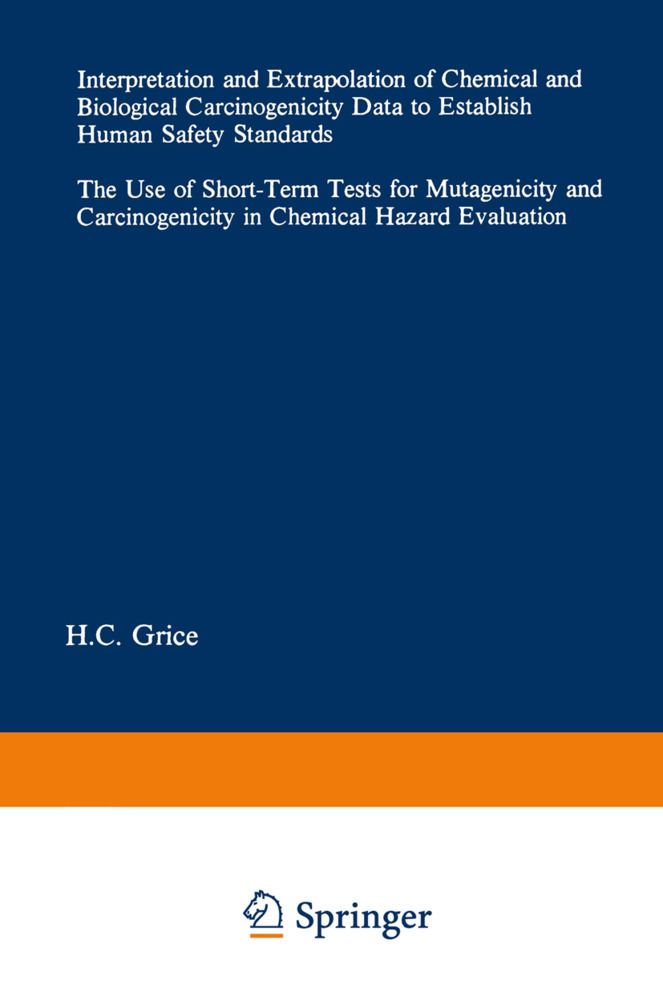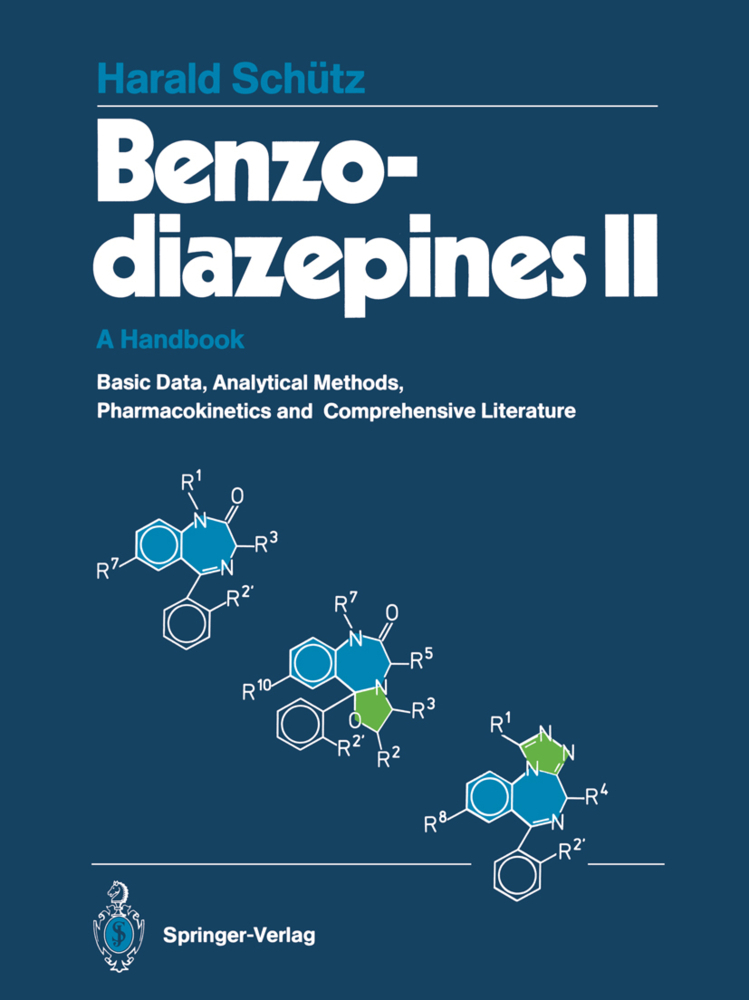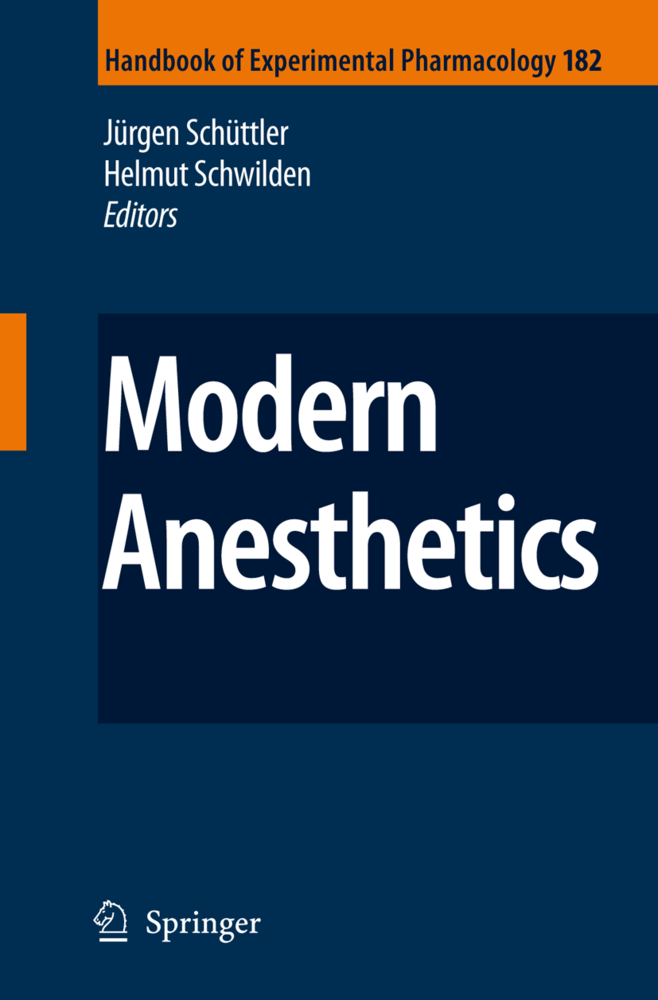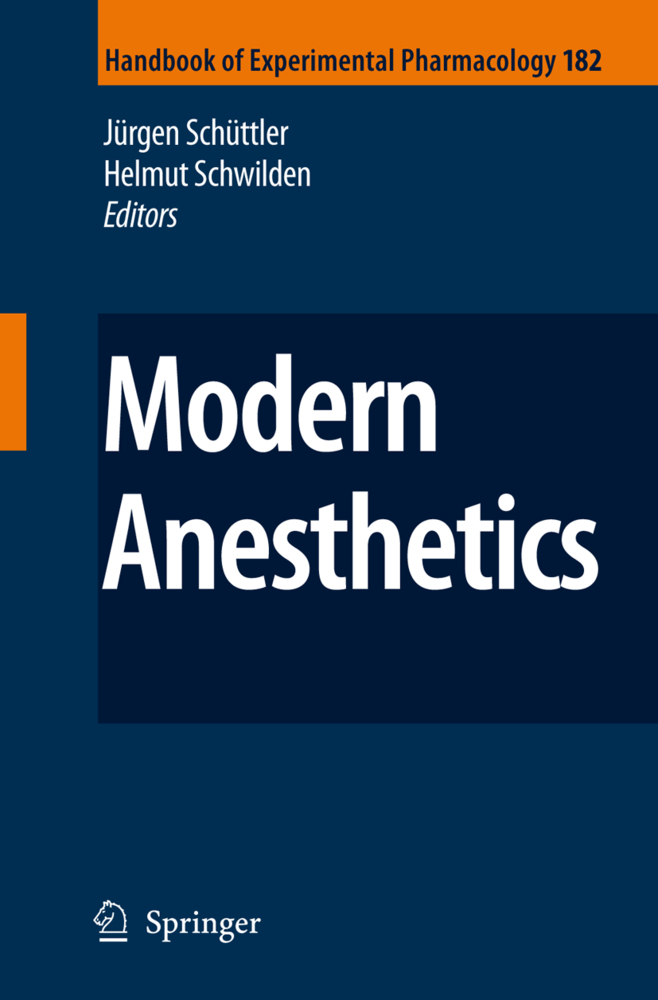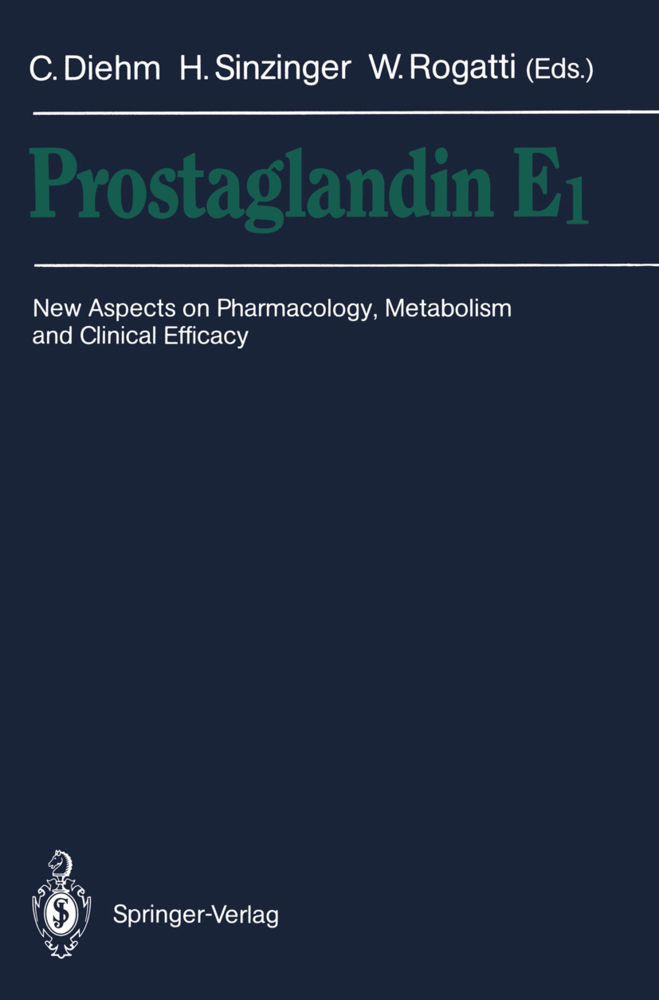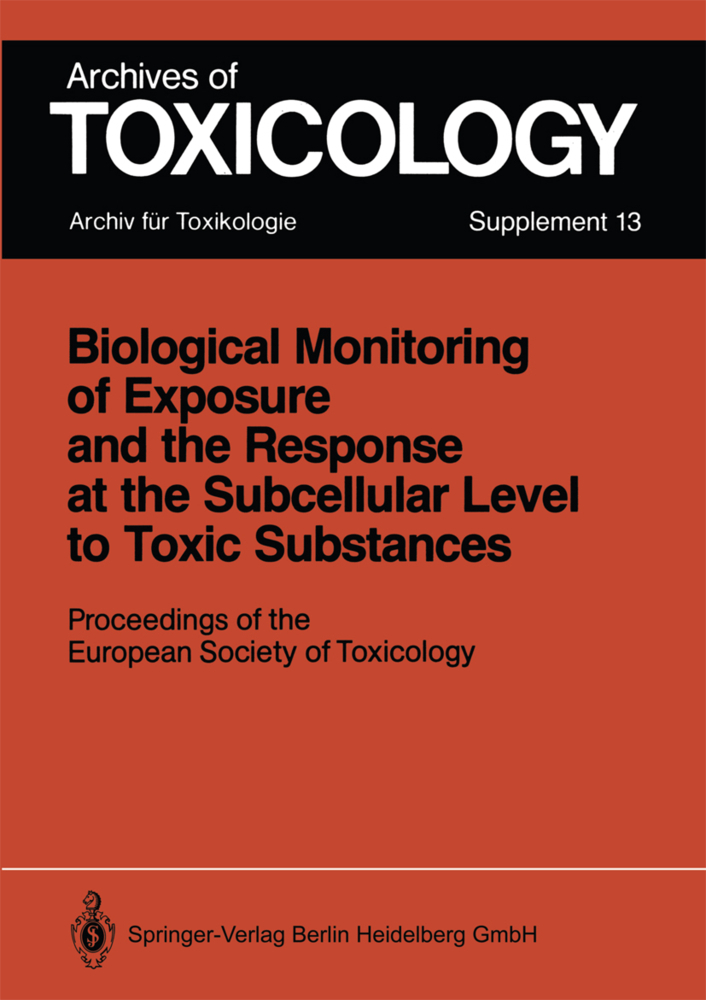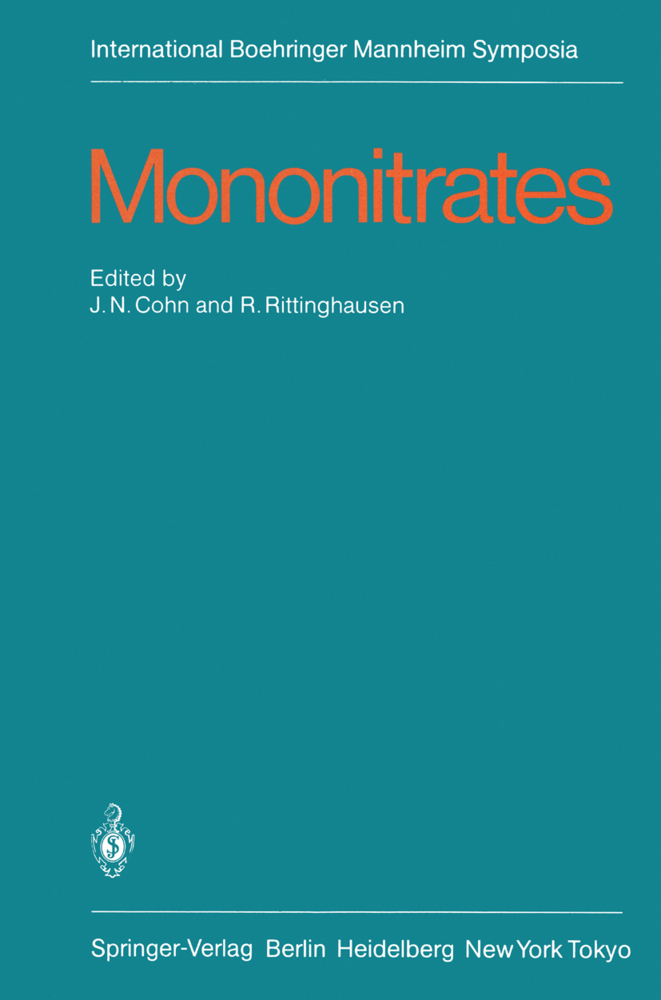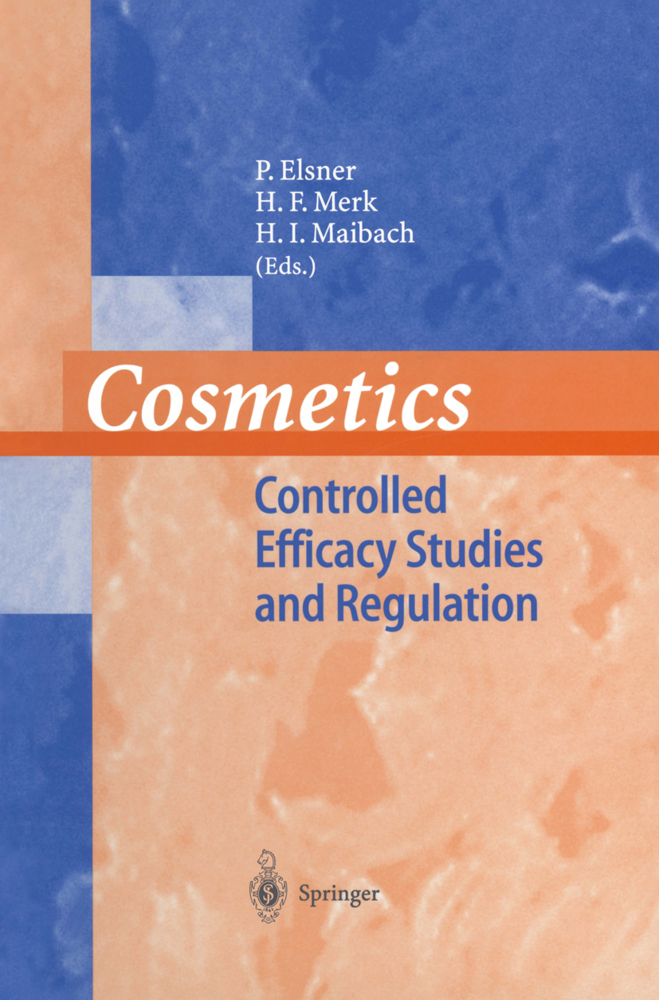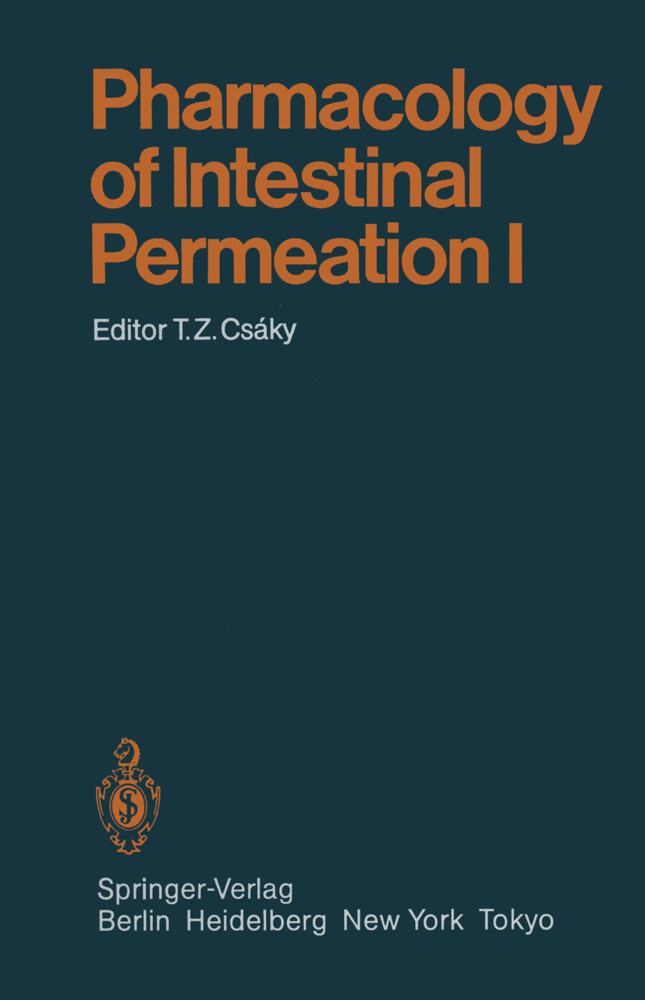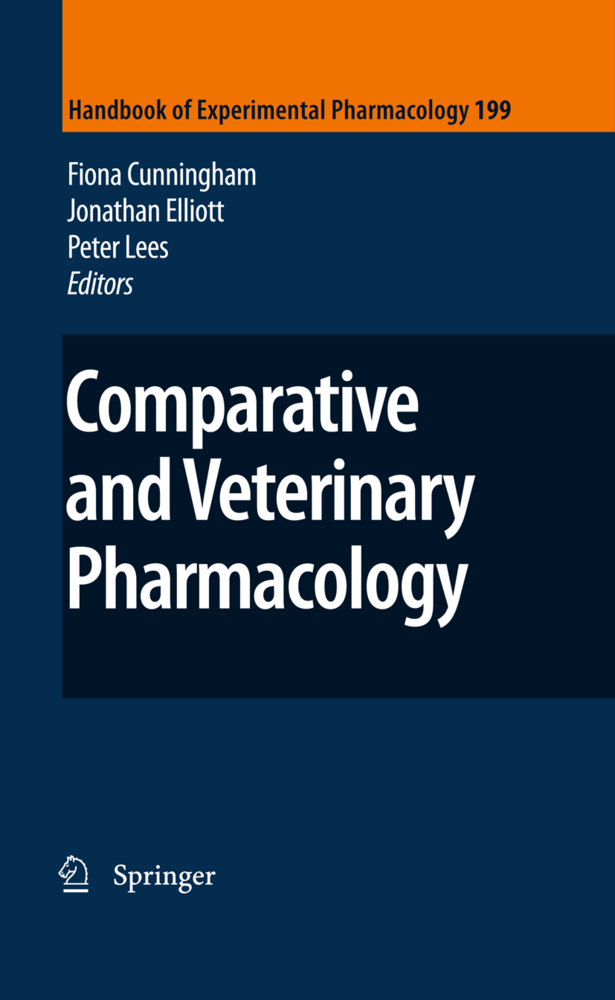Interpretation and Extrapolation of Chemical and Biological Carcinogenicity Data to Establish Human Safety Standards
The Use of Short-Term Tests for Mutagenicity and Carcinogenicity in Chemical Hazard Evaluation
Interpretation and Extrapolation of Chemical and Biological Carcinogenicity Data to Establish Human Safety Standards
The Use of Short-Term Tests for Mutagenicity and Carcinogenicity in Chemical Hazard Evaluation
The International Life Sciences Institute (lLSI) is a scientific foundation wh ich addresses critical health and safety issues of national and international concern. ILSI promotes international cooperation by pro viding the mechanism for scientists from government, industry and universities to work together on cooperative programs to generate and disseminate scientific data. The members and trustees of the Institute believe that questions regarding health and safety are best resolved when scientists can ex amine and discuss issues, as an independent body, se~arate from the political pressures of individual countries and the economic concerns of individual companies. Frequently, meaningful assessment of the risk of a test substance is hindered by the inherent inconsistencies in the system. The development and refinement of methods and systems to evaluate the safety of chemicals have evolved in a rapid and largely unplanned fashion. Attempts to improve the system have largely been directed toward broad general concerns, with little attention being given to specific problems or issues. A failure to resolve these problems has frequently resulted in increased testing costs and complications in the assessment and extrapolation of the results. Publicity surrounding toxicologic issues has created chronic public apprehension about the ability of science and government to deal effectively with these problems. In response to these difficulties, ILSI has assembled highly qualified and renowned scientists from research institutes, universities, government and industry, with relevant scientific knowledge and expertise regarding the issues that complicate risk assessment procedures.
II. Chronic Toxicity/Carcinogenicity Bioassay
III. Short-Term Tests
IV. Pharmacokinetics and Metabolism
V. Synergism and Antagonism
VI. Mechanisms of Action
VII. Systematic Analysis of the Chemical and Biological Properties of Carcinogens
VIII. Establishing Human Exposure Guidelines
IX. Appendix: Profiles of Selected Compounds
X. References
The Use of Short-Term Tests for Mutagenicity and Carcinogenicity in Chemical Hazard Evaluation
I. Introduction
II. Development of Test Strategies
III. Review of Organization Guidelines
IV. Future Developments
V. Batteries of Short-Term Tests
VI. Approaches to the Interpretation of Short-Term Test Results
VII. Conclusions
VIII. References.
Interpretation and Extrapolation of Chemical and Biological Data on Carcinogens to Establish Human Safety Standards
I. IntroductionII. Chronic Toxicity/Carcinogenicity Bioassay
III. Short-Term Tests
IV. Pharmacokinetics and Metabolism
V. Synergism and Antagonism
VI. Mechanisms of Action
VII. Systematic Analysis of the Chemical and Biological Properties of Carcinogens
VIII. Establishing Human Exposure Guidelines
IX. Appendix: Profiles of Selected Compounds
X. References
The Use of Short-Term Tests for Mutagenicity and Carcinogenicity in Chemical Hazard Evaluation
I. Introduction
II. Development of Test Strategies
III. Review of Organization Guidelines
IV. Future Developments
V. Batteries of Short-Term Tests
VI. Approaches to the Interpretation of Short-Term Test Results
VII. Conclusions
VIII. References.
Grice, H. C.
| ISBN | 978-3-540-13696-5 |
|---|---|
| Artikelnummer | 9783540136965 |
| Medientyp | Buch |
| Copyrightjahr | 1984 |
| Verlag | Springer, Berlin |
| Umfang | IX, 197 Seiten |
| Abbildungen | IX, 197 p. |
| Sprache | Englisch |

